Birds and Bees (and Reptiles, too!) - 2020
2019 was a banner year for Cascadia Iris Gardens, not just for the flora, but for the fauna as well. Though our Red-tailed Hawks and Killdeer have moved on, we have attracted (or perhaps just noticed) many new creatures that Margaret has managed to capture in photographs.
As usual, our 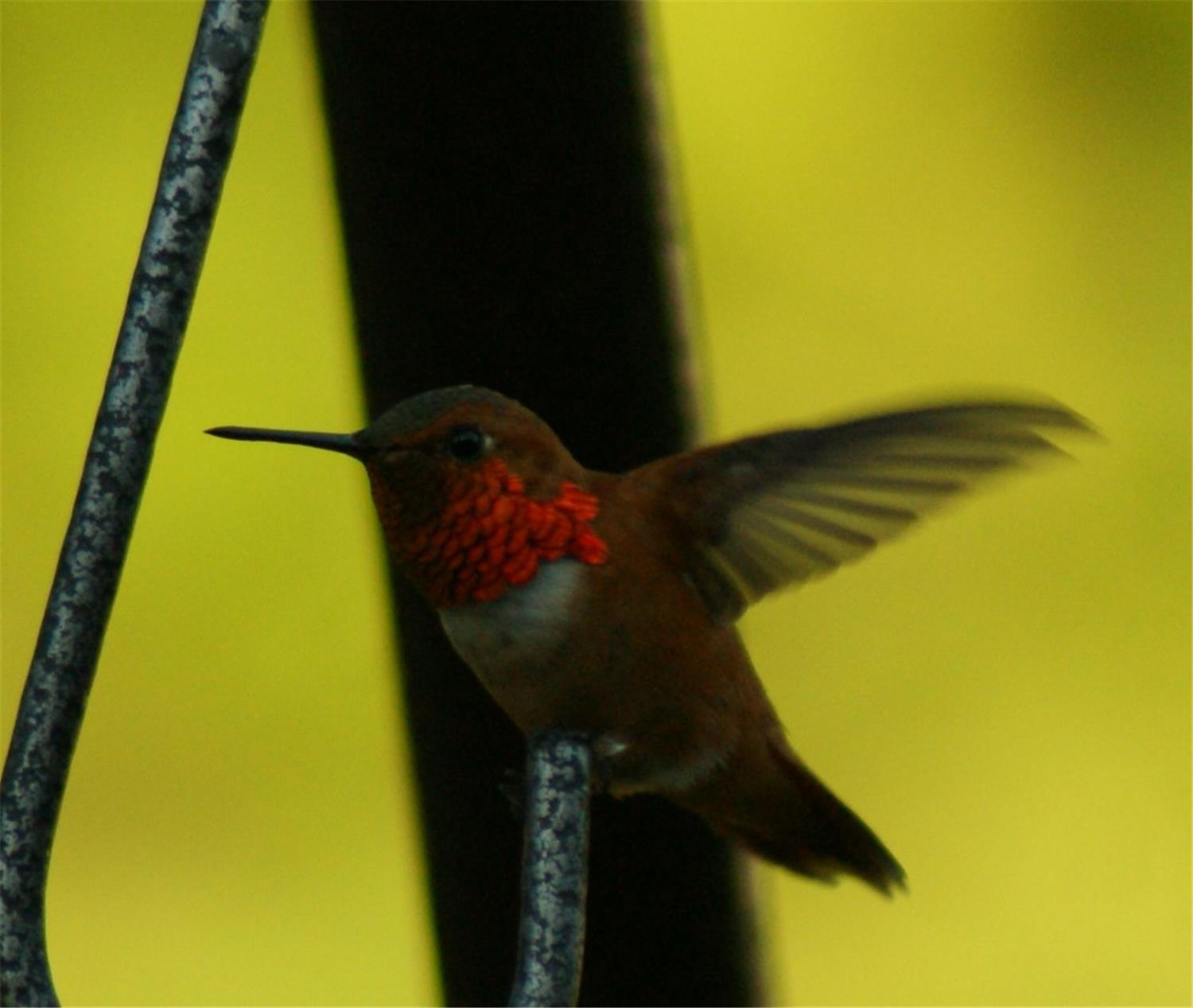 hummingbirds rule the immediate area around the house. Though difficult to count, we still think we have as many as 10 resident Anna’s Hummingbirds that call CIG home. It is always entertaining to watch them squabble over their favorite flowers and feeders. But it is downright dangerous when the Rufous Hummingbirds migrate through and the population swells. But the best time is when the 40-chromosome Siberian irises (Miss Margaret, Dotted Line, etc.) are in bloom and I am trying to cross-pollinate certain flowers. I am constantly fighting with them over who actually owns the flowers. Sometimes I even win. We witnessed a new phenomenon this year. Bumble Bees have started to feed on two of our Hummingbird feeders. What is most surprising is that the hummers are not quite sure what to do about it. They fight each other, and have no qualms telling Margaret, me, or our visitors to get out of the way if we happen
hummingbirds rule the immediate area around the house. Though difficult to count, we still think we have as many as 10 resident Anna’s Hummingbirds that call CIG home. It is always entertaining to watch them squabble over their favorite flowers and feeders. But it is downright dangerous when the Rufous Hummingbirds migrate through and the population swells. But the best time is when the 40-chromosome Siberian irises (Miss Margaret, Dotted Line, etc.) are in bloom and I am trying to cross-pollinate certain flowers. I am constantly fighting with them over who actually owns the flowers. Sometimes I even win. We witnessed a new phenomenon this year. Bumble Bees have started to feed on two of our Hummingbird feeders. What is most surprising is that the hummers are not quite sure what to do about it. They fight each other, and have no qualms telling Margaret, me, or our visitors to get out of the way if we happen 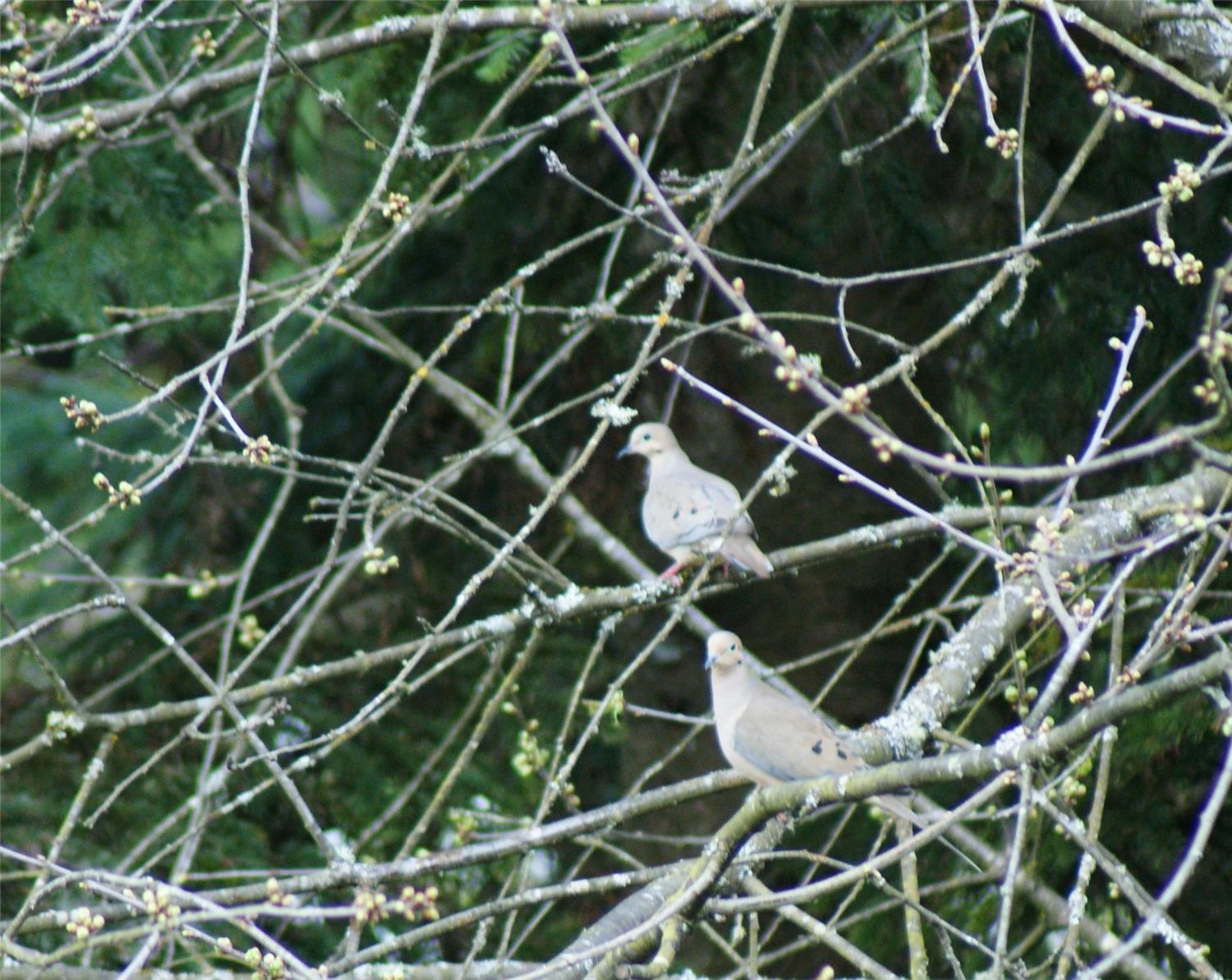 to be near. But the Bumble Bees? They just look at them with consternation and fly away. Go figure.
to be near. But the Bumble Bees? They just look at them with consternation and fly away. Go figure.
We have come to realize that our dove population consists of two species. We have always had the native Mourning Dove, but a recent addition is the Eurasian Collared Dove. Though the Collared Dove is a non-native invader, we love both species and provide food specifically for them.
More exciting for us is the small population of California Quail that Margaret finally captured with her camera.
I should probably mention that they are common on the east side of the state but are extremely rare in the Puget Sound area of western Washington. I have seen them a handful of times since moving onto the property, but they are so skittish, I could never get Margaret and her camera together in time to see them. That changed this past February when we got 2 feet of snow and the only food around was at our bird feeding stations. We then had daily visits from our small covey of five quail. What a treat! We saw them again just a week ago without time to get a good picture. To our surprise, the covey has grown to 14 quail.
The 2 feet of snow we received brought all kinds of birds to our feeders. It seemed we were feeding all the birds in western Washington: Finches, Sparrows, Chickadees, Junkos – the list goes on. The most ominous of those was a Sparrow Hawk. Needless to say, it was not there for the feed we set out. It was quite some time after it left before the other birds came back.
Another great addition to the bird population...
was the day Margaret caught a Pileated Woodpecker at one of our feed stations. We have been longing for this to happen, so were very excited when it made an appearance. This brings the number of different woodpecker species we have to five and includes all that are native to our area: Downy Woodpecker, Hairy Woodpecker, Red-breasted Sapsucker, Northern Flicker, and Pileated Woodpecker. Our Red-breasted Sapsuckers remain the most elusive; Margaret still hopes to capture a clear photograph of them some day.
Margaret is particularly enamored with our woodpeckers. So much so, she convinced me to purchase woodpecker flavored suet cakes. Ridiculous as it sounded to me, I am ALWAYS the good husband and did as she wished, preparing to console her when they did not come to visit. Mere minutes after I put the first suet cake up, a Northern Flicker came to visit. It’s a good thing I didn’t say out loud how ridiculous her idea was. Since then we have seen four species of woodpecker at the suet feeder. We also get the pleasure of the males using our roof vents or chimney pipe for their very loud mating rituals each spring.
We have a tall Grand Fir tree that sounds as if it is home to many of the different song birds living here. And, on a sad note, we occasionally find the odd hatchling that has fallen or been pushed out of a nest prematurely. The tree is always full of bird song and rustling of branches. A person could spend a day sitting by the tree listening and not feel the day was wasted. But this tree is not the only habitat the birds use for nesting. This year we found many ground nests of sparrows and other types of birds. We flag these off when we find them and try to be patient with the parents as they chirp at us when we get too close. The Robins tend to nest wherever I try to do my work: the tractor shed, the picnic shelter, etc. Unfortunately for them, they just have to share space. I do not begrudge them a dry place to raise their young, but our work must go on.
Much to my dismay, the deer population is doing just fine. They do not bother our flowers much – irises are not at all tasty to them – except for the occasional tulip that gets munched just before the blossoms open. However, the young bucks have grown up and now choose to rub their antlers on our prized (and expensive) ornamental trees. None of the trees has died because of it, but drastic measures will have to be taken as my Chief Joseph pine is finally reaching a height that is “rubable.” They also think that bird feed we set out is for them, promptly emptying every tray and feeder. They are a frustrating lot and do not seem to care much when I try to scare them off. When I finally get to retire from my day job, we will get a dog whose sole purpose will be to keep the deer at bay.
Our bunny population remains constant. They breed – the hawks and coyotes consume. That’s the circle of life, I suppose. Though we do not hate bunnies, they do tend to eat the new Japanese and Siberian iris foliage as it emerges in the spring. For us, it is for the best if the population stays under control.
Of lesser interest to some, but not me, are the reptiles. When we first moved onto the property, garter snakes seemed to be the most populous of life forms. After a few years of clearing brush and rubble, and regular mowing, I suppose I managed to do away with a great portion of their habitat. They seem to have made accommodations though and it is rare that I go out and do not see one. They are harmless to humans and are known to eat slugs, so we love them and say kind words to them when we are not startled by their sudden appearances.
2019 brought us our first glimpse of the Northern Alligator Lizard. During the year we saw two, one much longer than the other. We hope they are a pair and have set up a household at CIG. Margaret is discouraged that she has not seen them yet but hopes to soon so she can photograph them. Again, they are not harmful to humans and tend to eat creatures we would rather not have around.
As I said, 2019 was a great year for the Birds, Bees, and Reptiles. We love them and they seem to tolerate us. It is sometimes difficult to balance needs of a commercial business that uses the habitat for all these magnificent creatures. We do our best, and it seems we are successful.
|
Gallery: Animals
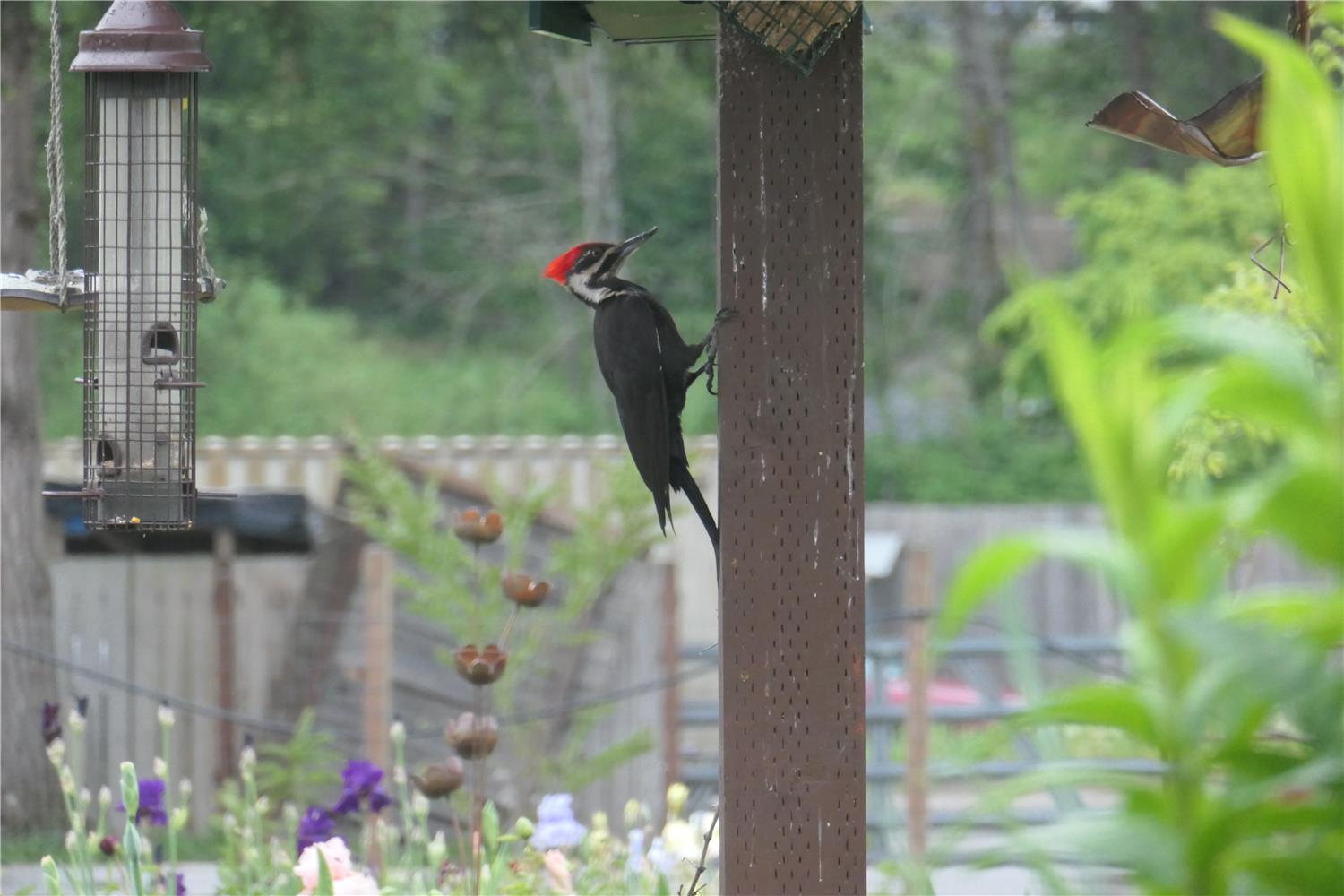
Pileated Woodpecker
Our most recent visitor. We were really excited to see this magnificent bird. 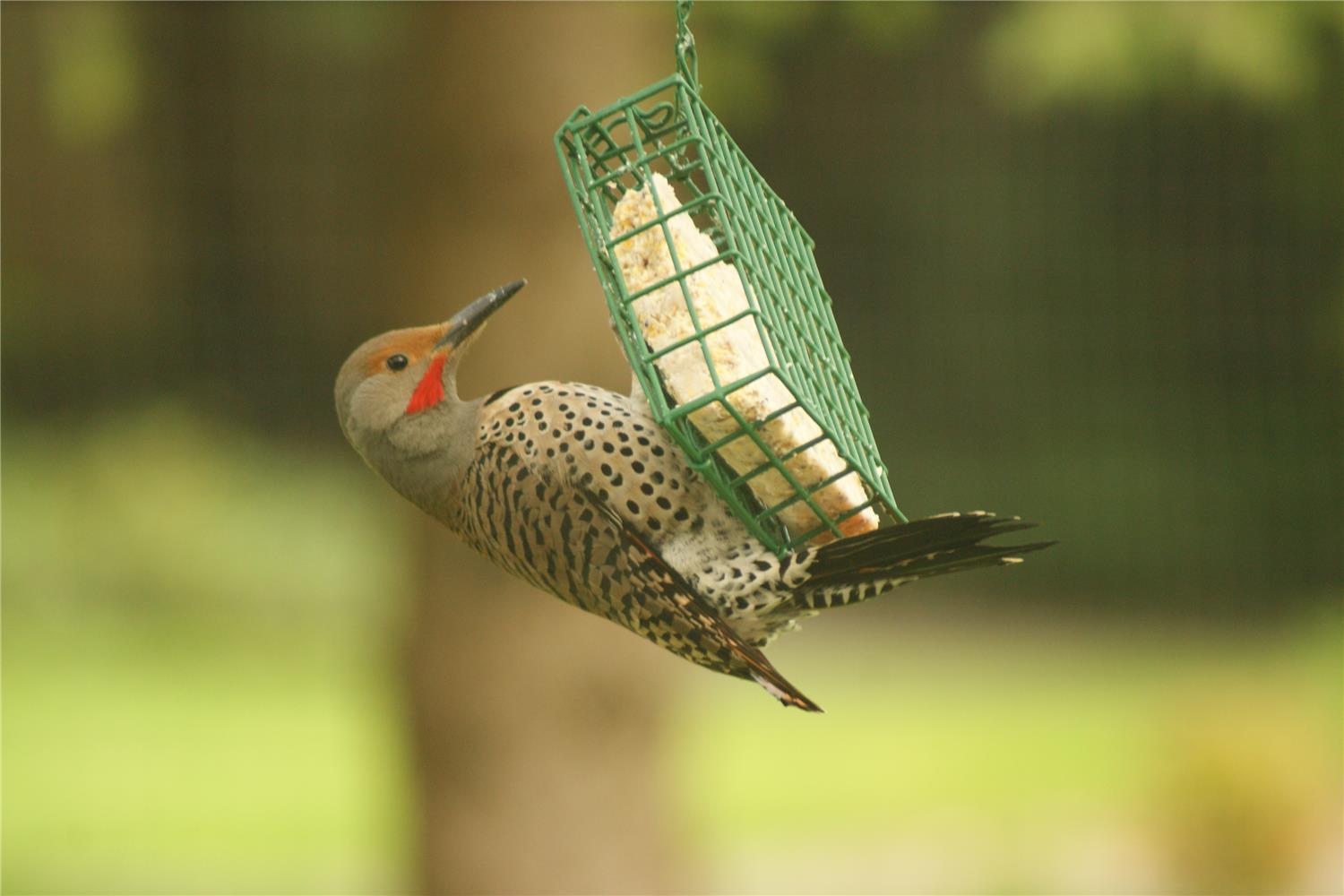
Northern Flicker
Okay... Proof Margaret was right. Saying that only hurt a little. 
Hairy Woodpecker
Our field guide says they eat fruit and nectar, but we never expected her to feed from a hummingbrd feeder. 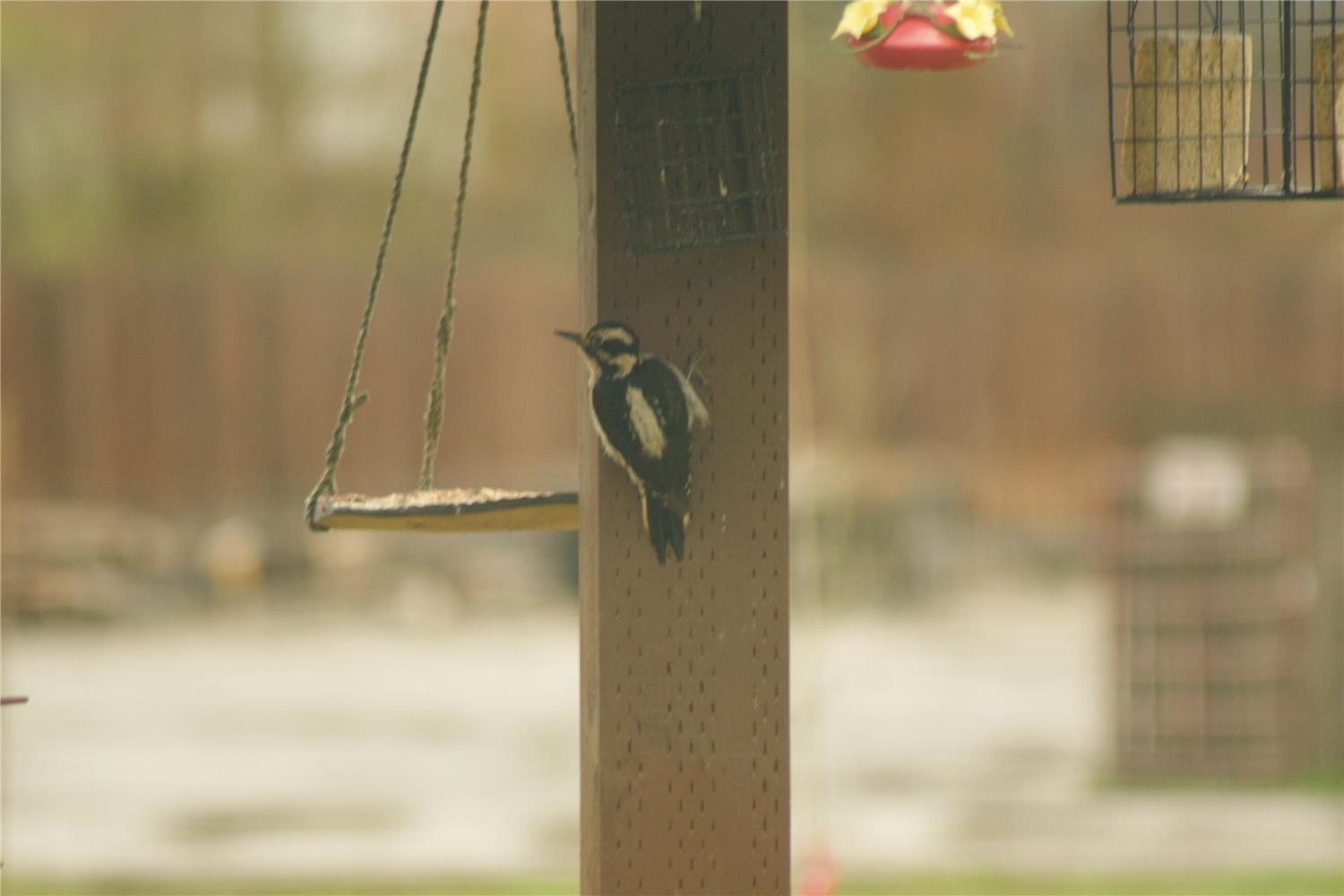
Hairy Woodpecker
Must be a young one. She has not learned the futility of searching for bugs in treated lumber. 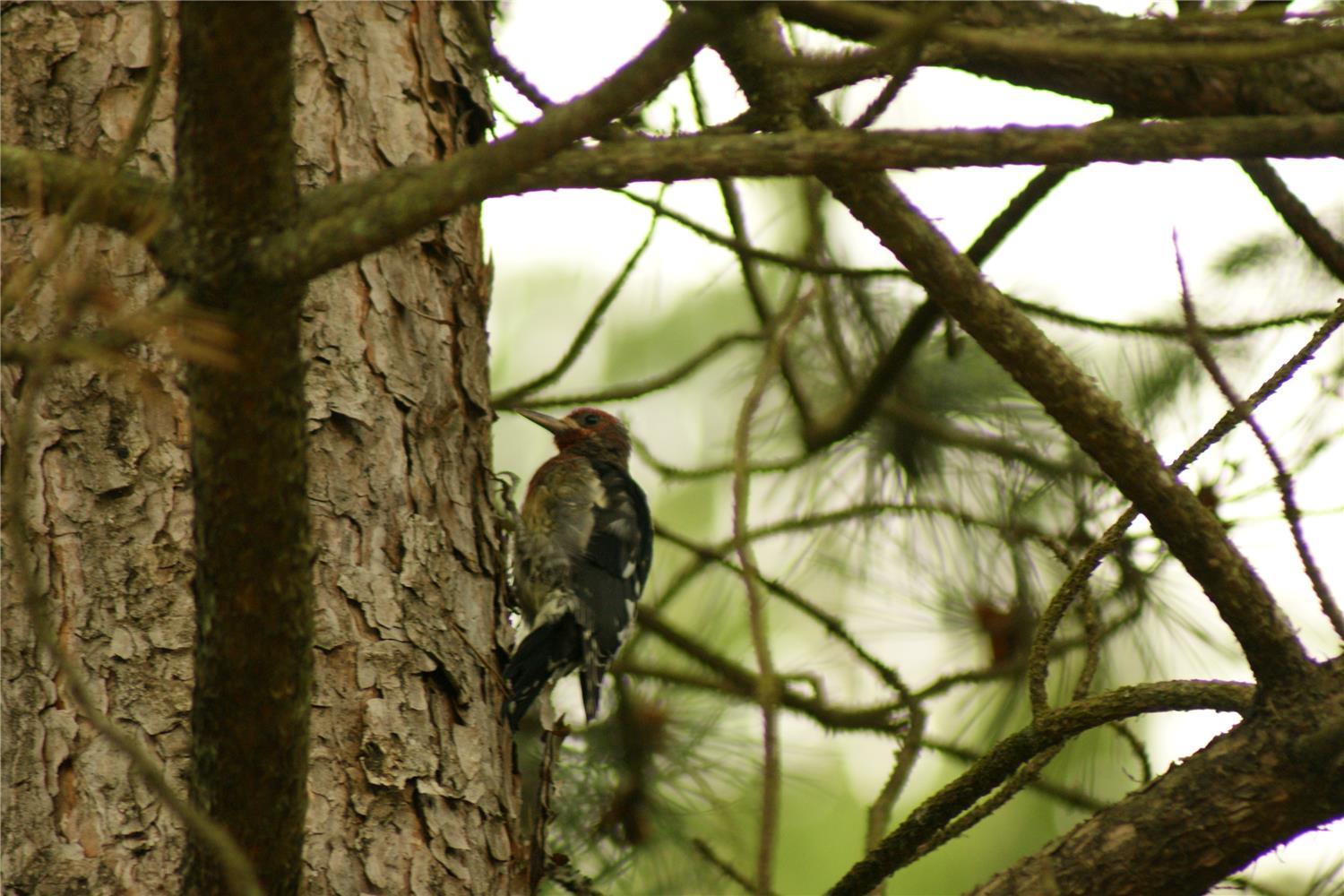
Red Breasted Sap Sucker
The first of 5 species we have seen. She will not come to the suet feeders, at least not that we have seen. 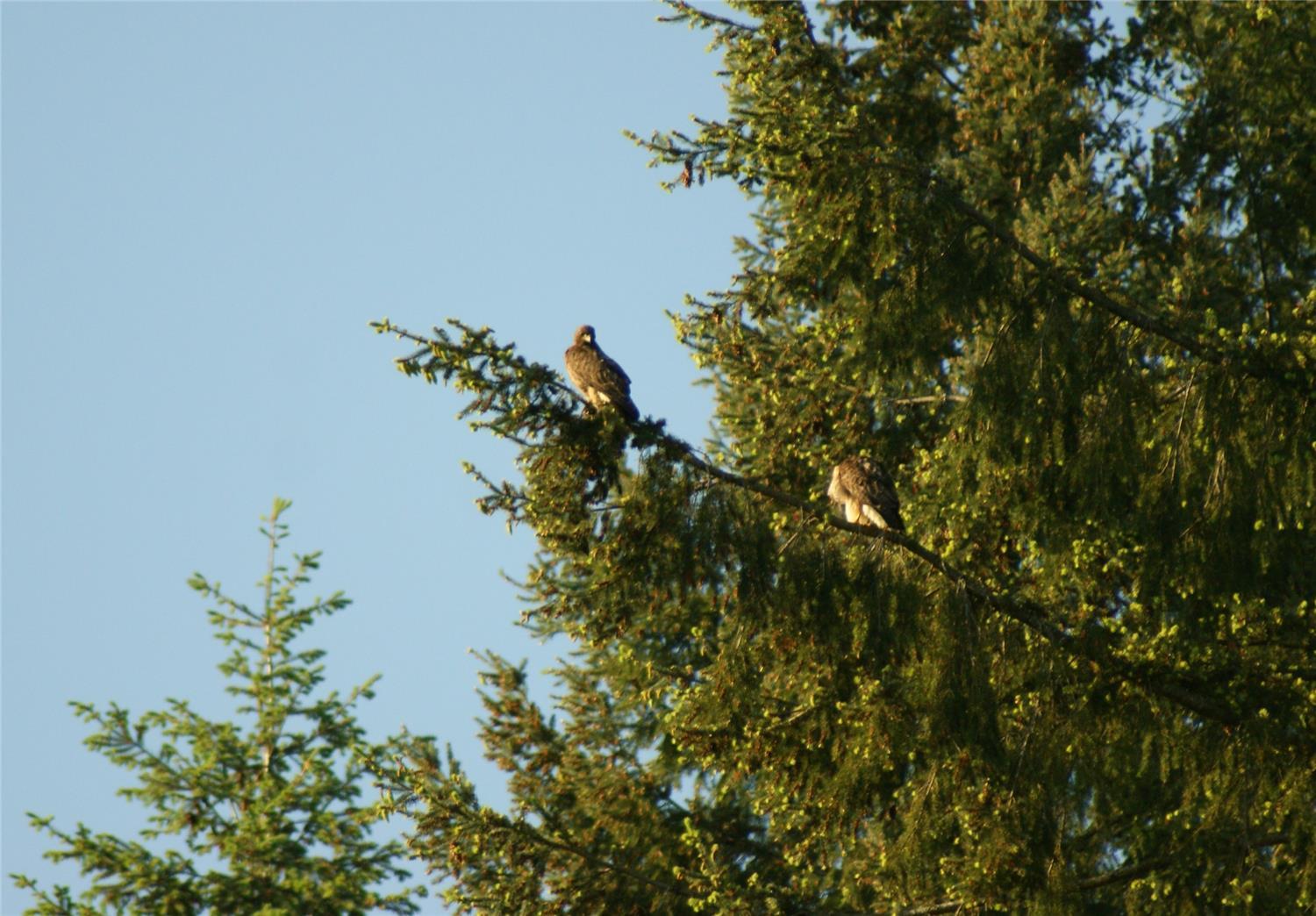
Red Tailed Hawks
Keeping the bunnies out of the irises! 
Red Tailed Hawk
It is exciting to watch mom amd dad teach the babies to fly! 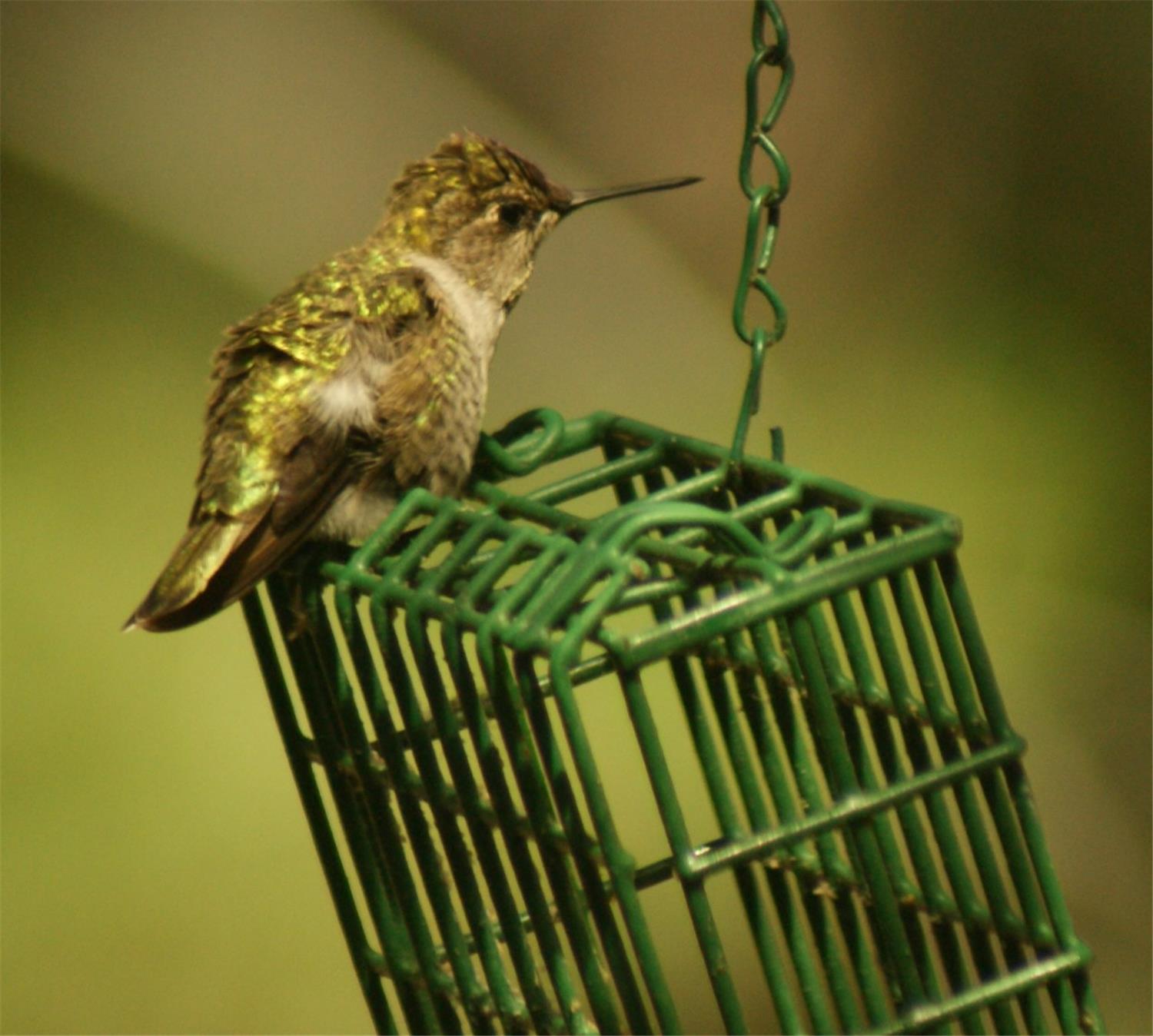
Female Anna's Hummingbird
She likes to sit here while guarding her feeder from all who would invade her territory. 
Male Rufous Hummingbird
When they migrate through, it is dangerous to walk out the door! .jpg)
Tree frog
Margaret is never satisfied until she finds a frog to photograph! .JPG)
Black Tailed Deer
.JPG)
Black tailed deer
Mother and son. We did not have the camera when dad walked through. .JPG)
Black Tailed Deer
Mom showing her funny face. 
Black Tailed Deer
Dining on Patrick's choicest plants. 
Mourning Doves
Two Turtle Doves and a partridge in a... Sorry! Couldn't help myself. .JPG)
Killdeer
Raucus and loud. You always know where they are! 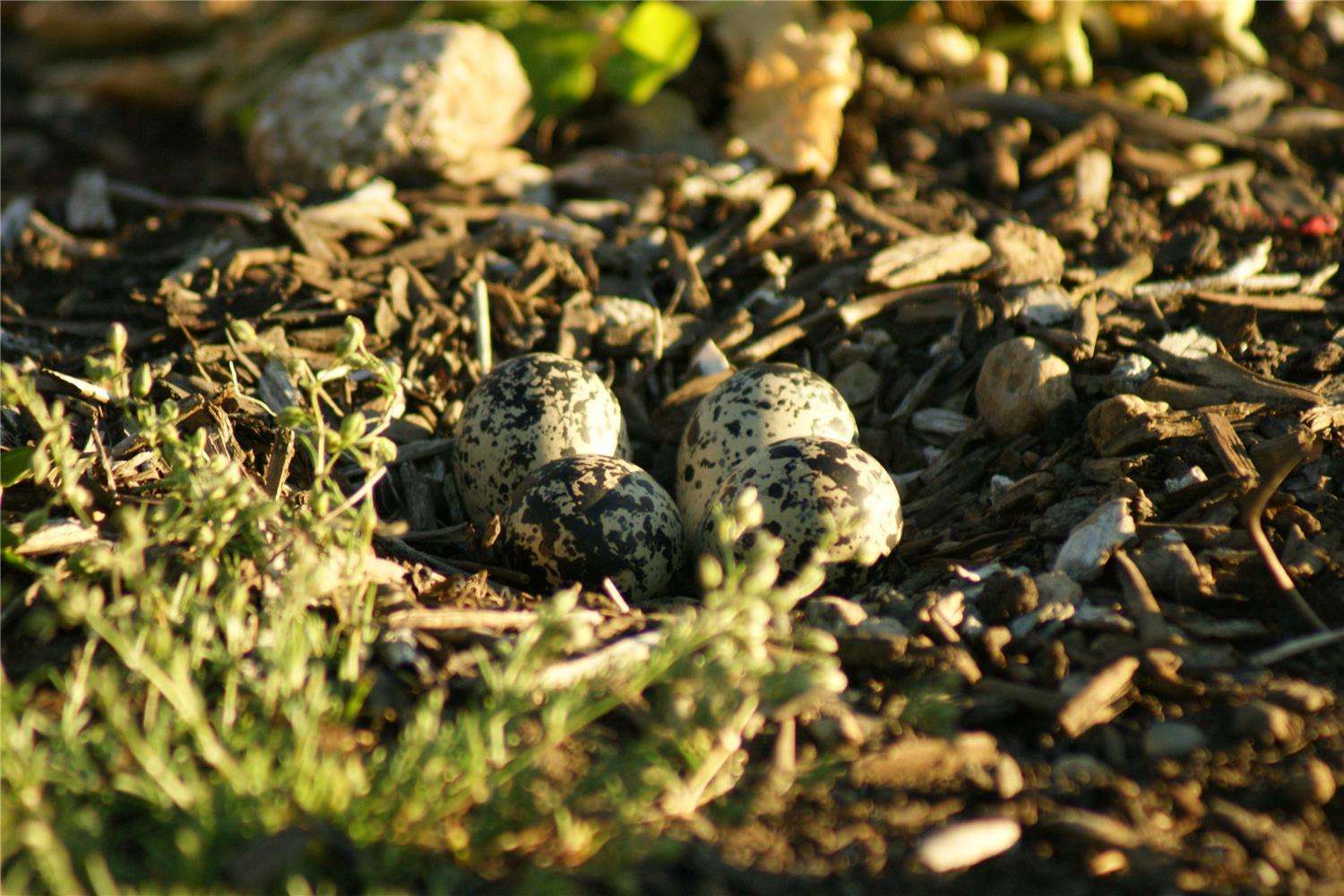
Killdeer nest with eggs
Notice how well they blend in. 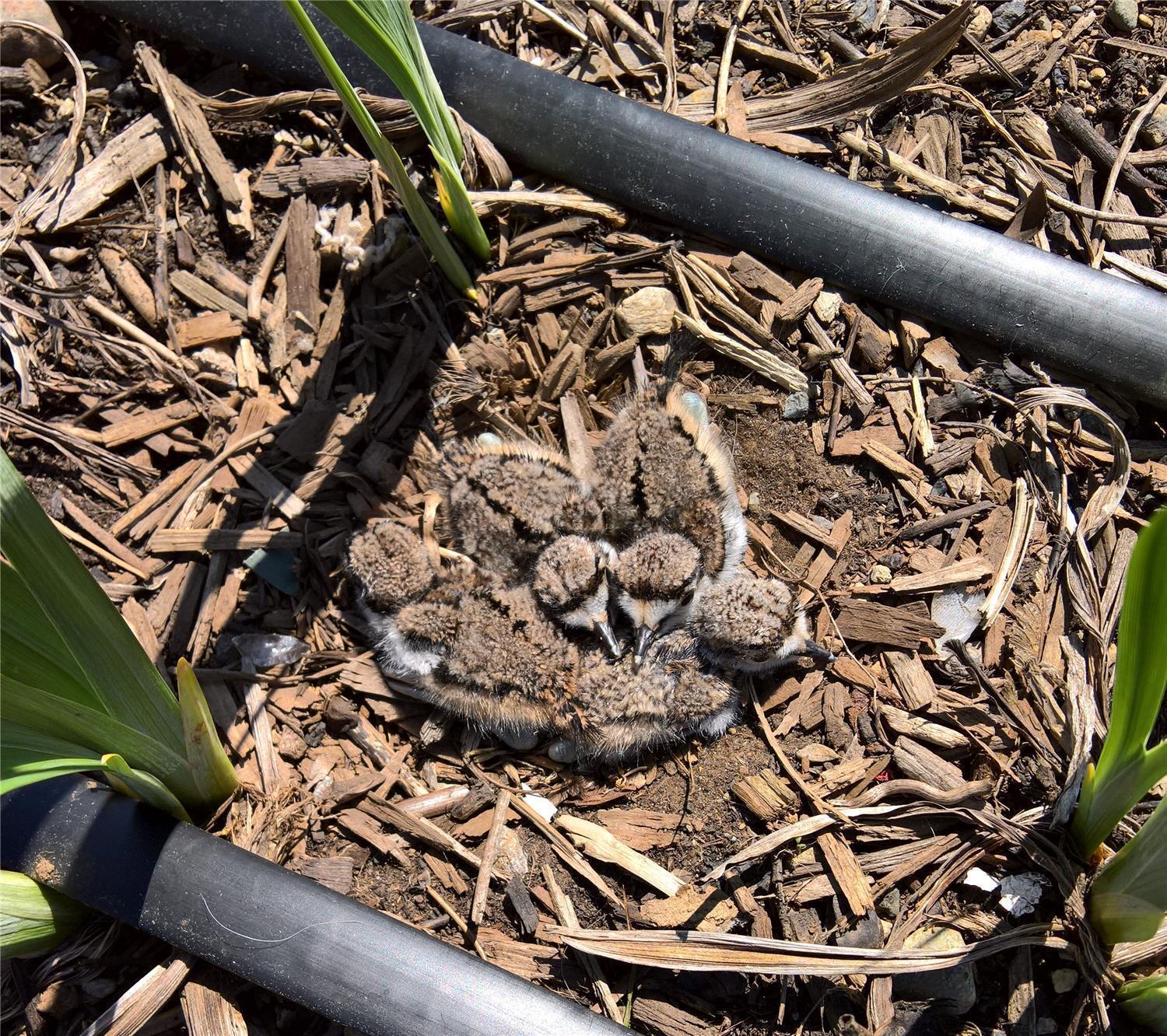
Killdeer babies
Moments after they hatched. Within hours, they will be completely mobile. Notice how they like to nest in the iris rows. .JPG)
Thatching Ants
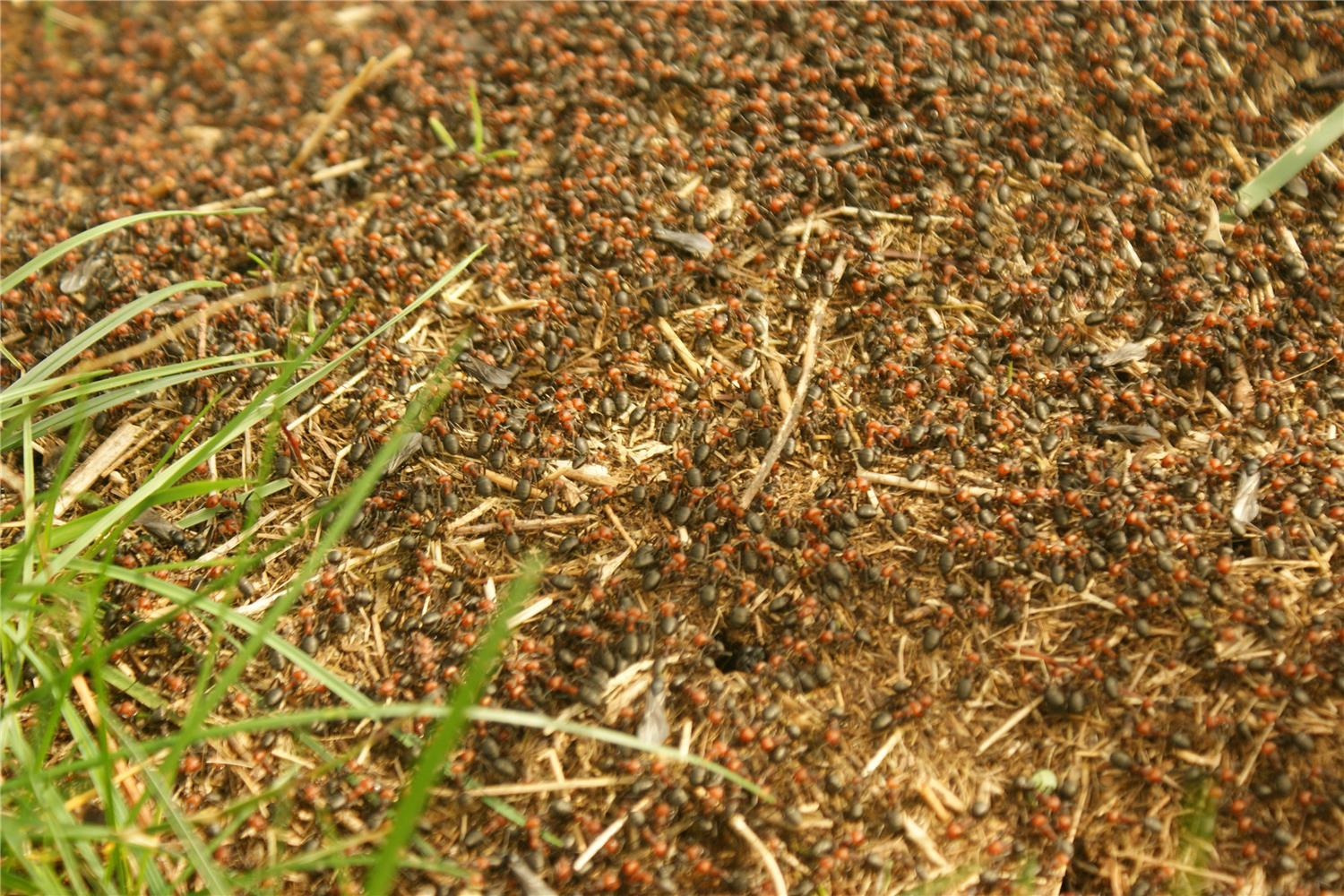
Thatching Ants
|
Please keep checking back.
We will continue to update as new events happen and Margaret takes more spectacular pictures.